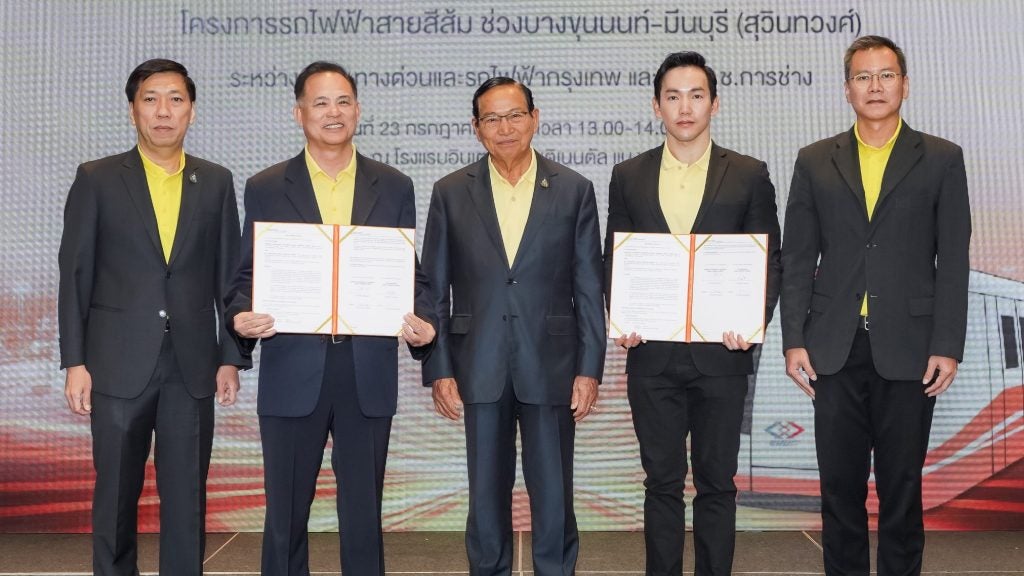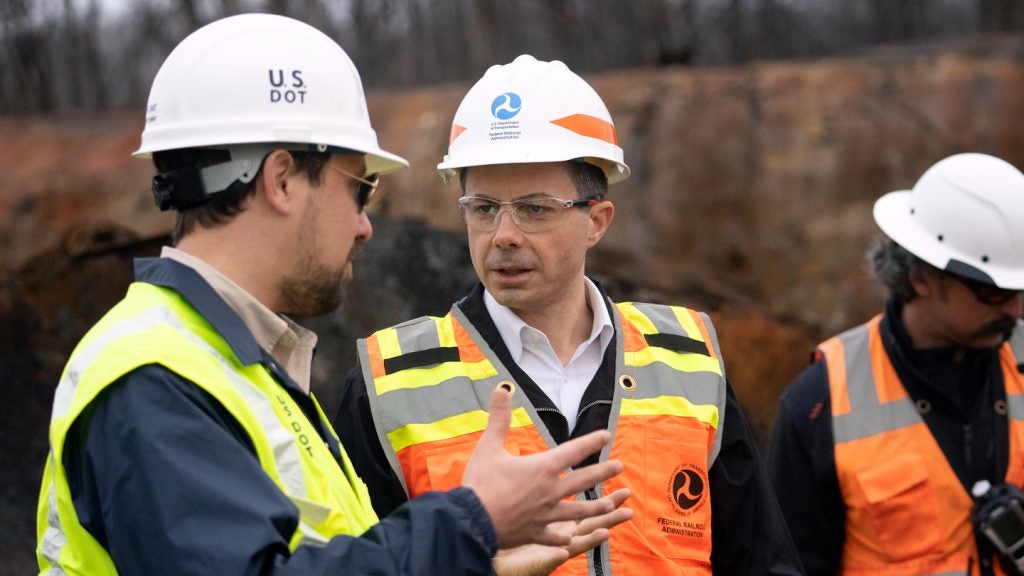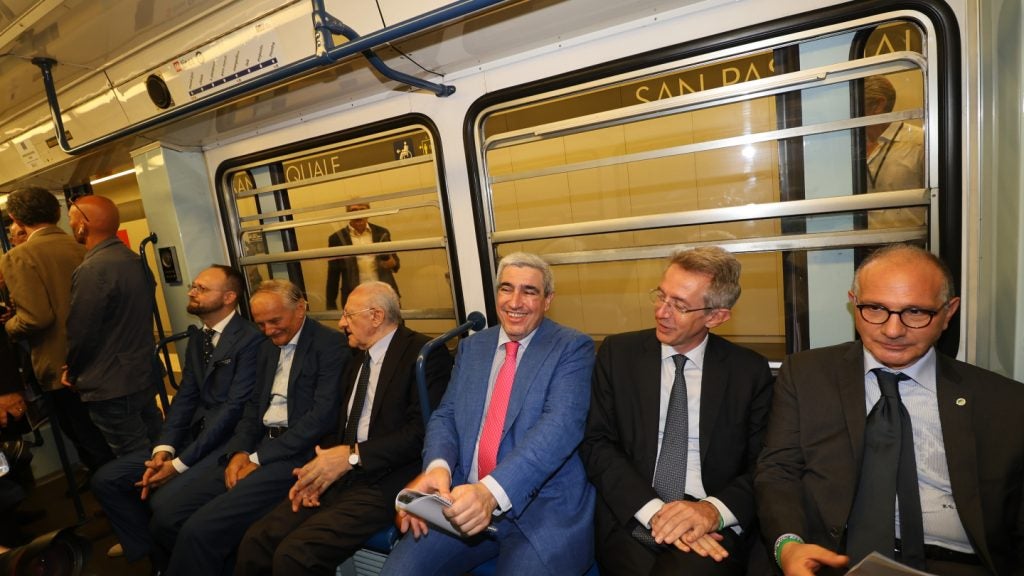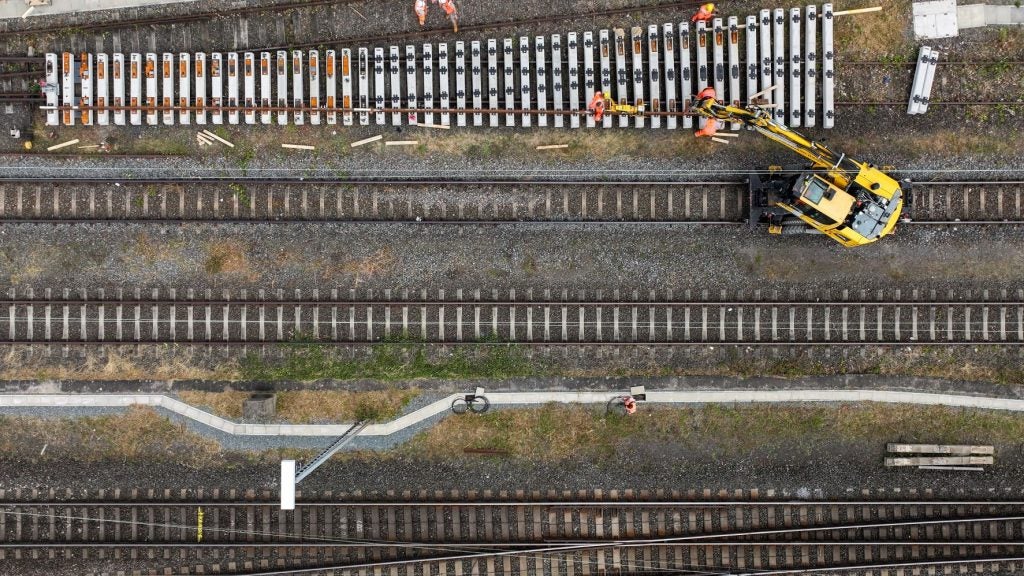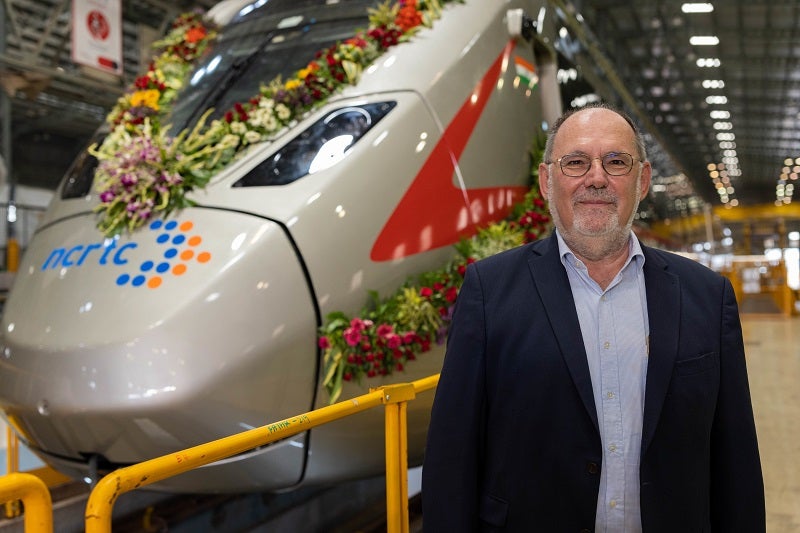
French rolling stock manufacturer Alstom has delivered India’s first semi high-speed regional train for National Capital Region Transport Corporation’s (NCRTC) Delhi-Ghaziabad-Meerut RRTS Phase 1 project.
These aerodynamic fully air conditioned trains are anticipated to result in a 40% decrease in journey times between the 82.5km Delhi and Meerut route.
Among its features include 2×2 transverse seating, door status indicators, grab handles, and ergonomically designed areas to support specially abled people.
The trains are also equipped with CCTV cameras, intercom, fire extinguisher, exterior camera, fire and smoke detector, Wi-Fi, laptop/mobile/USB charging stations, dynamic route display maps, and auto controlled ambient lighting system.
This RRTS route is India’s first to incorporate the European Train Control System (ETCS) hybrid Level signalling system.
The trains were 100% made in Alstom‘s factory in Savli, Gujarat, with the manufacturing process starting in July last year. This aligns with the Indian Government’s Make-in-India and Aatmanirbhar Bharat objectives.
How well do you really know your competitors?
Access the most comprehensive Company Profiles on the market, powered by GlobalData. Save hours of research. Gain competitive edge.

Thank you!
Your download email will arrive shortly
Not ready to buy yet? Download a free sample
We are confident about the unique quality of our Company Profiles. However, we want you to make the most beneficial decision for your business, so we offer a free sample that you can download by submitting the below form
By GlobalDataThe propulsion systems and electricals were made at Alstom’s Maneja factory in Gujarat.
In 2020, Alstom received a €436m contract to design, construct, and deliver 210 regional commuter and transit train cars. The contract also covered maintenance services for a 15-year period.
Besides, the company was tasked with designing, installing, delivering, trialling and commissioning signalling and train control, supervision, platform screen doors and telecommunication systems.
Alstom India managing director Alain SPOHR said: “The RRTS project is one of the most ambitious ventures in India’s mobility sector and will prove to be a game-changer in India’s regional rail segment.
“Our trains and ETCS Signalling systems will ensure safer and seamless intercity commute, benefitting millions of people and contributing towards socio-economic development. Delivering the first train within a year of commencing production reinstates Alstom’s commitment to revolutionise India’s rail networks.”



